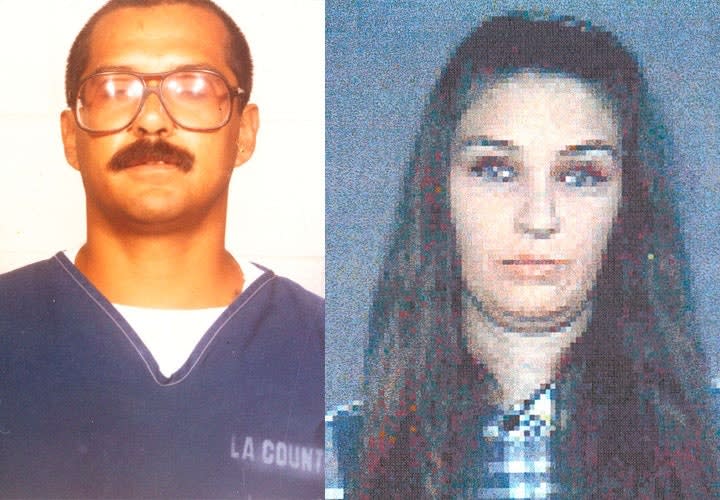We borrowed some electronic monitoring equipment from the FBI. We also borrowed personnel from the jails, court services, OSJ, JIU, Metro, and Fugitive details. I was assigned as the sergeant and supervisor along with three of my prison gang detectives. Monitoring began on March 20, 1996.
At first this money and manpower drain fueled some department opposition to our groundbreaking attempt at a state wiretap. And my own experience suggested that wiretaps should be of short duration or they get too big and complicated. But soon we had mountains of intercepted communications and lists updating the "green light" hit list, which would lead to the prevention by jail staff of at least 44 attempted jailhouse hits.
We also began intercepting on the wire a daily "court list" of loyal Sureños and the courts they would appear in. The gang members and their attorneys would request court orders for civilian court clothing. This would commonly be granted by the judges. Mexican Mafia associates would send a seamstress to buy the gangster pants and shirts suitable for a court appearance. The seamstress would use a steam iron to press a quantity of tar heroin between two sheets of paper and then cut the packages to fit the seams, collars, and cuffs of the clothing. She would then re-stitch the whole thing up and present the pressed and cleaned clothing to the inmate's girlfriend or attorney.
The morning of the inmate's next court appearance the clothing would be examined by the bailiff—who would notice nothing unusual—and given to the inmate. The Sureño gang member would be escorted to a cell to change clothes.
The inmate would then do a quick stripping of the dope out of the hidden seams, balling it up and "keestering" it up his anus before putting on his new court clothes. This dope would later be delivered to trustees working the returning court lines and passed up to the Mexican Mafia gang members in unit 1750 or one of their shot callers.












